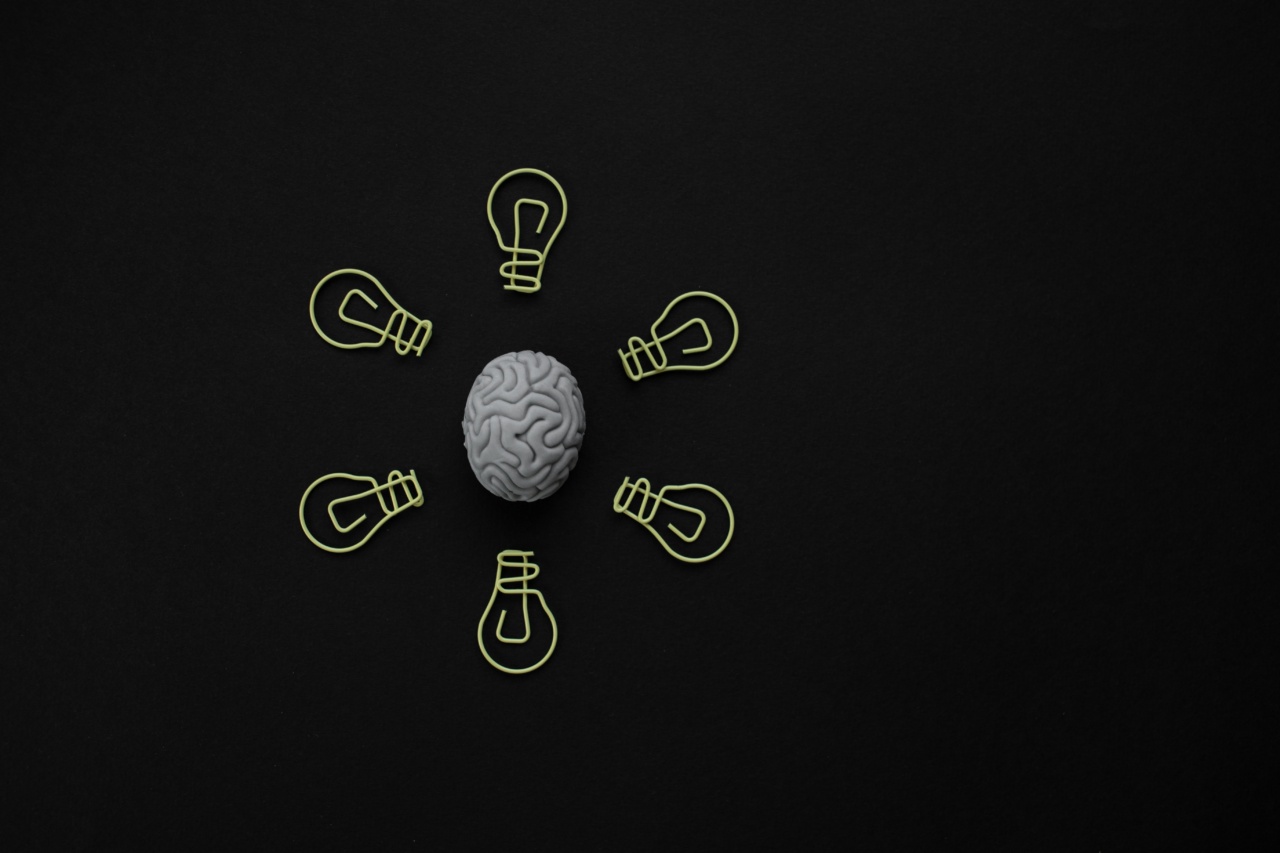Our attitudes, or evaluations of people, objects and ideas, shape our behavior and beliefs. Yet, how do we form our attitudes? Recent advances in neuroscience and cognitive psychology have provided insights into the neural basis of attitude formation.
The brain processes vast amounts of information from our senses, memories and social context. Different brain regions are involved in processing and integrating this information into attitudes and beliefs.
These regions can also be influenced by our past experiences and socialization, leading to cognitive biases and belief systems that shape our attitudes and behaviors.
Understanding the neural basis of attitude formation can help us to recognize and overcome biases, change our attitudes, and promote positive behavior and social interactions.
Neural Basis of Attitude Formation
The process of attitude formation involves several cognitive and neural mechanisms, including attention, memory, affect regulation, and social influence. Here are some of the key neural regions and pathways involved in attitude formation:.
Pre-frontal Cortex (PFC)
The PFC, located in the front part of the brain, plays a crucial role in attention, decision-making, and social cognition. It integrates information from different brain regions and helps to regulate emotional responses to stimuli.
The PFC is also involved in forming and updating attitudes, especially those related to social behavior and norms. Studies have shown that damage to the PFC can lead to impairments in attitude formation and emotional regulation, as well as decision-making.
Limbic System
The limbic system, including the amygdala, hippocampus, and insula, is involved in processing emotions, memories, and motivation.
The amygdala plays a particularly important role in fear and aggression, and can be activated by stimuli that are perceived as threatening or rewarding. The insula is involved in interoception, or the awareness of bodily sensations, and can influence our emotions and decision-making based on these sensations.
The hippocampus helps to encode and retrieve memories, and can influence our attitudes and beliefs based on past experiences and associations.
Reward Pathways
The reward pathways, including the ventral striatum and mesolimbic dopamine system, are involved in processing and regulating pleasure, motivation and reward-based learning.
These pathways can reinforce attitudes and behaviors that lead to rewards, such as social approval, money, or food. However, they can also lead to addiction and other maladaptive behaviors if over-activated or disrupted.
Social Processing Networks
The social processing networks, including the medial prefrontal cortex, mirror neurons, and superior temporal sulcus, are involved in understanding and responding to social cues and norms.
These networks can help to shape our attitudes and behaviors based on social learning and imitation. The mirror neurons, for example, are activated when we observe others performing actions, and can help us to empathize and understand their intentions.
The medial prefrontal cortex is involved in mentalizing, or the ability to infer others’ thoughts and beliefs, and can shape our attitudes and social interactions accordingly.
Cognitive Biases and Belief Systems
Our attitudes and beliefs are not always rational or accurate. They can be influenced by cognitive biases, or distortions in our thinking and perception that lead to systematic errors in judgment.
Here are some of the common cognitive biases and belief systems that can shape our attitudes:.
Confirmation Bias
The confirmation bias is the tendency to seek out and interpret information that confirms our pre-existing beliefs, and to ignore or reject information that contradicts them.
This bias can lead to overconfidence and closed-mindedness, as well as reinforcement of stereotypes and divisive attitudes.
Availability Heuristic
The availability heuristic is the tendency to rely on the most easily accessible information, such as recent events or vivid examples, when making judgments or decisions.
This bias can lead to overestimation of rare events or risks, and underestimation of common events or benefits.
Groupthink
Groupthink is the tendency to conform to the opinions and values of a cohesive group, and to suppress dissenting or critical viewpoints. This bias can lead to polarization and narrow-mindedness, as well as lack of creativity and innovation.
Belief Perseverance
The belief perseverance is the tendency to maintain our beliefs even in the face of contradictory evidence or challenges. This bias can lead to irrational and dogmatic attitudes, as well as resistance to change and growth.
Changing Attitudes: Brain Plasticity and Intervention Strategies
Can we change our attitudes? The answer is yes, according to recent research in neuroscience and psychology. Here are some of the ways in which we can change our attitudes:.
Brain Plasticity
The brain is not fixed or immutable, but can change and adapt throughout our lives. This phenomenon is called brain plasticity, and is based on the ability of neurons to form new connections and modify their activity patterns in response to experience.
By exposing ourselves to new information, experiences, and challenges, we can reshape our neural networks and attitudes. For instance, learning a new language or instrument can enhance cognitive flexibility and creativity, while volunteering or traveling can broaden our cultural perspectives and empathy.
Social Influence and Persuasion
Social influence and persuasion can also change our attitudes, especially if they come from credible and trustworthy sources.
By communicating clear and relevant messages, using logical arguments and emotional appeals, and addressing the audience’s needs and values, we can influence their attitudes and behavior. However, persuasion can also backfire or lead to reactance if it is perceived as manipulative or threat to autonomy.
Cognitive Reappraisal and Mindfulness
Cognitive reappraisal and mindfulness are psychological techniques that aim to modify our thoughts and emotions. By reinterpreting or reframing the meaning of a situation or stimulus, we can change our affective responses and attitudes.
For instance, instead of reacting with anger or anxiety to a criticism or challenge, we can view it as an opportunity for growth and learning, or as a reflection of the other person’s perspective and emotions. Mindfulness, on the other hand, involves paying attention to the present moment without judgment or distraction, and can enhance self-awareness, emotion regulation, and empathy.
Conclusion
Our attitudes are shaped by the way our brain processes information and interprets experiences.
By understanding the neural basis of attitude formation and cognitive biases, we can recognize and overcome our own biases, and promote positive behavior and social interactions. Moreover, by leveraging the power of brain plasticity, social influence and psychological techniques, we can change our attitudes and beliefs, and foster personal and social growth.





























